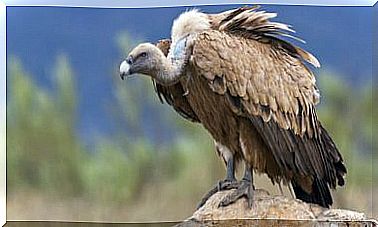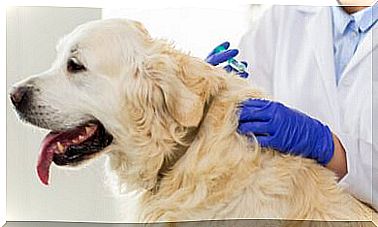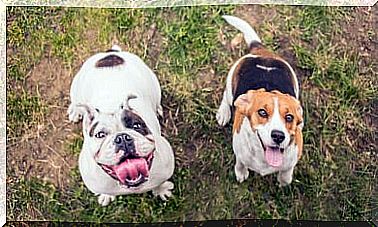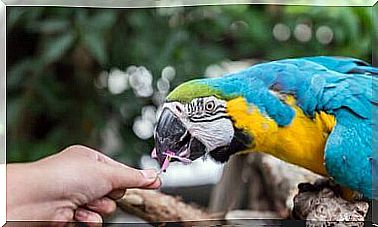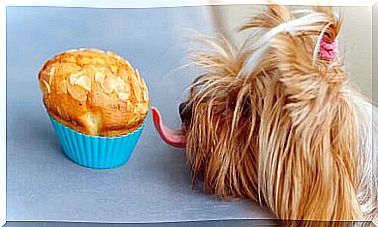Puppies Teeth Care

Paying attention to your puppy’s teeth care is very important. Having a dental hygiene plan prevents your dog from having bad breath and allows your little four-legged friend to have proper dental health, with shiny teeth and a pleasant smell.
It also helps to conserve teeth and, of course, reduces visits to the vet.
All about caring for puppies teeth
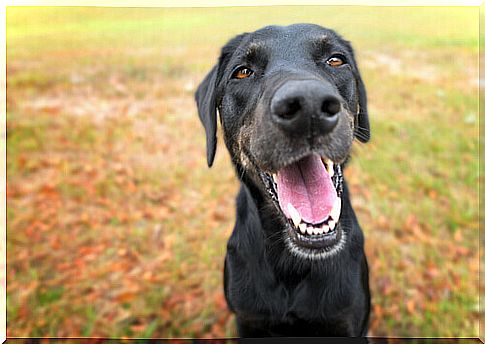
- A puppy, as you obviously know, is born without teeth, but their growth happens quickly. Around the sixth or seventh week of life, the small teeth begin to appear. Some, from milk, can be observed a little earlier. A puppy will keep these teeth until the age of 4 or 5 months, when they start to lose them.
- As with babies, puppies gradually lose their teeth. At 3 months, some of the incisors of these furry little ones begin to fall out. You will be able to see clearly when the canine teeth and molars begin to emerge.
- From 7 to 8 months, all puppies’ teeth will have been replaced by adult dogs. The enchanting aroma that, perhaps, your puppy’s mouth had, is now replaced by a slightly unpleasant breath, which hardly resembles what had the baby teeth.
- Don’t worry if you don’t find any baby teeth. Most of the time, the puppy swallows them. But rest assured, this is not harmful and is not a cause for alarm.
- From time to time, the teeth of adult dogs may come out even though the baby teeth have not fallen out. In these cases, the veterinarian must remove them. A good opportunity is when the animal is being spayed or neutered.
- One of the best ways to prevent dental problems is to get your pet into the early habit of dental care, even when they still have baby teeth. One of the best things you can do to get your dog used to this routine is to brush his teeth periodically.
- Another good way to complement your pet’s oral health is to feed it healthy products. A good snack, biscuits for dogs and providing him, from time to time, some raw bones, which would not be bad for your pet to keep its teeth healthy and shiny.
- Do not forget that the fact that your dog has healthy teeth will prevent any type of disease, such as cavities or bacterial infections that, when entering the bloodstream, often cause pain to the animals. Therefore, the more often your teeth are brushed, the better for your four-legged friend’s health. If you brush once a day, that’s fine. But don’t miss the frequency.
How to brush puppies teeth?
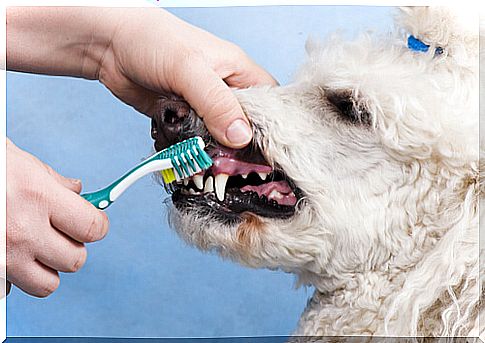
Puppies need a lot of attention and it’s never too early to start brushing their teeth, the sooner the better.
But remember: first start with a short-term clean.
- Before introducing the brushing routine using a toothbrush, put a small amount of toothpaste on your index finger, then place your finger in your little friend’s mouth and gently massage his gums.
- As soon as the puppy accepts the finger of your hand in its mouth, it will be ready to start the brushing routine.
- If you notice that your puppy’s first reaction will be to bite the brush, rest assured, it’s normal.
- When your furry little one gets used to each of the brushing tools, start gently brushing his teeth, as if they were yours: in a circular fashion, from the gums to the ends.
- Brush the parts of the teeth close to the gums very well , as this is where tartar usually accumulates.
What is needed to brush a dog’s teeth?
A brush and toothpaste for dogs, which tastes good. Some products are peanut flavored and dogs love it.
- If your dog resists, you can use the brushes that are placed on the fingers. They are often a very practical alternative for restless or super-resistant animals.
- If your dog refuses to cooperate, a spray may be the best solution. They tend to smell like mint and help a lot to improve the animal’s breath. However, some animals don’t like the taste.
Also, in petshops, you can find snacks that help to avoid bad smells.
Featured Image Credits: ccrv.
